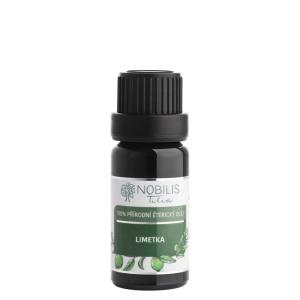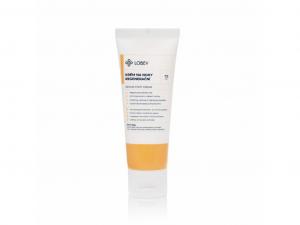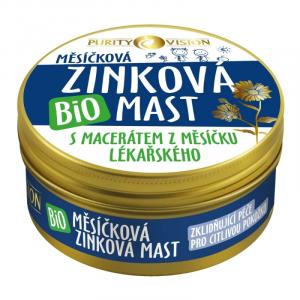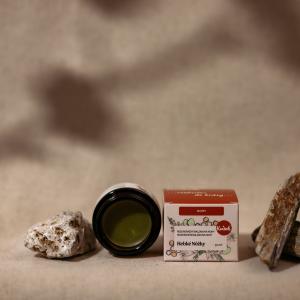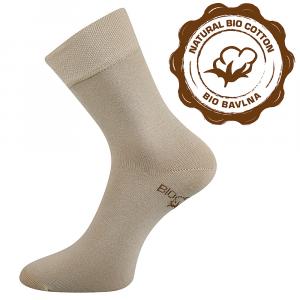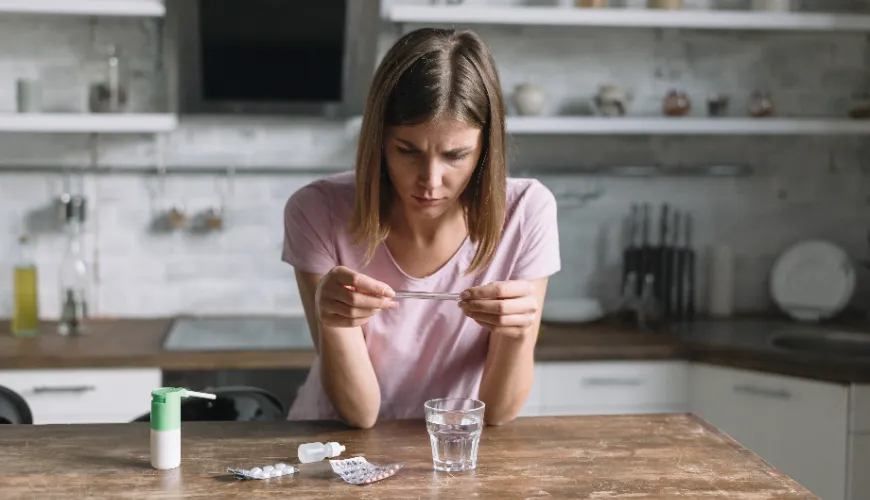
How to Get Rid of Warts
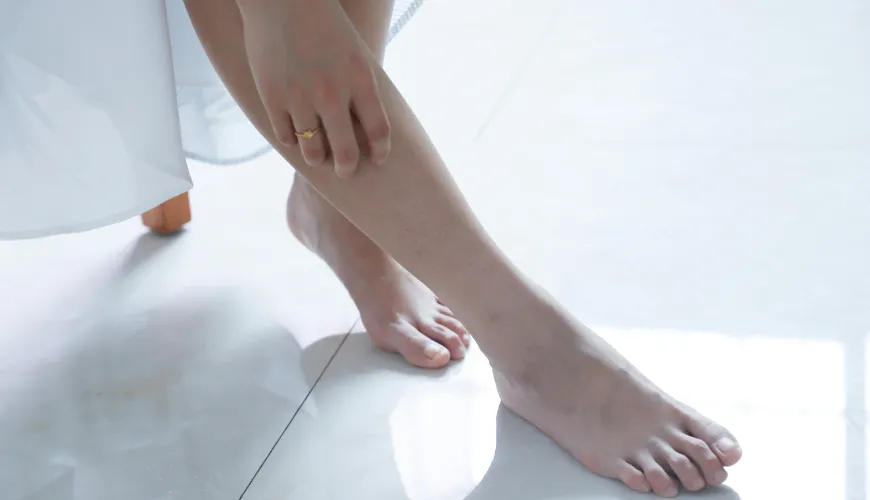
Warts are a common skin problem that can affect anyone, regardless of age or gender. They are caused by the human papillomavirus (HPV), and while they are usually not dangerous, they can be uncomfortable and aesthetically disturbing. In this article, we will look at how warts develop, the types that exist, and the options for their treatment.
What are Warts?
Warts are common skin growths caused by an infection with one of the human papillomaviruses (HPV). These benign formations can appear on various parts of the body, including the hands, feet, face, and other areas. Warts typically have a rough surface and may appear as small, solid bumps. Sometimes they are painful or uncomfortable, especially those that occur on the soles of the feet, known as foot warts or plantar warts.
Try our natural products
Types of Warts
The most common types include common warts (Verruca vulgaris), which often occur on the hands, and plantar warts on the soles of the feet, which can cause pain when walking. Flat warts are smaller and smoother, usually appearing on the face or arms, while filiform warts grow around the mouth, nose, or neck. Genital warts, which appear in intimate areas, are among the types that require medical attention due to risks associated with certain types of HPV. Recognizing and properly identifying these types of warts is crucial for effective treatment and prevention of spreading.
How Do Warts Develop?
Warts are caused by an infection with the human papillomavirus (HPV), which penetrates the skin through minor cuts or abrasions. HPV is a very widespread virus, and there are more than 100 types, some of which cause warts. The virus can be transmitted through contact with an infected person or objects, such as towels, shoes, or floors in public showers.
Try our natural products
The immune system plays a key role in fighting HPV. For some people, the immune system may be strong enough to suppress the virus and prevent the formation of warts. Conversely, people with weakened immune systems, such as children or those with chronic illnesses, are at higher risk of developing warts.
How to Get Rid of Warts?
There are several ways to get rid of warts. Some methods you can try at home, while others require professional medical care. For home treatment, salicylic acid is often used, which can help remove layers of infected skin when applied to warts. However, this process can take several weeks. Some people also use natural remedies such as garlic, vinegar, or banana peels. However, the effectiveness of these methods is not scientifically confirmed.
If home treatment does not work, there are several medical methods. Cryotherapy, or freezing warts with liquid nitrogen, is a common and effective method performed by a doctor. Another option is laser therapy, which is especially effective for stubborn warts. In the case of large or painful warts, a doctor may recommend surgical removal.
Unfortunately, warts can return after treatment. The HPV virus can remain in the body in a latent state and reactivate when the immune system is weakened. Therefore, it is important not only to treat warts but also to strengthen the immune system and maintain hygienic habits to minimize the risk of their return.
Try our natural products
Prevention of Warts
Several simple measures can help reduce the risk of developing warts. Keep the skin clean and dry, as warts spread more easily in a moist environment. It is also important to avoid direct contact with warts. If you have warts, do not share towels, shoes, or other personal items, as you can transmit the virus to others. It is also advisable to use protective footwear in public showers and pools, which can significantly reduce the risk of contact with the virus that causes warts. By following these measures, you can minimize the risk of developing and spreading warts.
Warts are an unpleasant but common skin problem that most people encounter at some point. Thanks to various available treatment methods and preventive measures, warts can be effectively treated and the risk of their return minimized. Remember, if you have any doubts or cannot get rid of warts, it is always best to seek expert advice.



